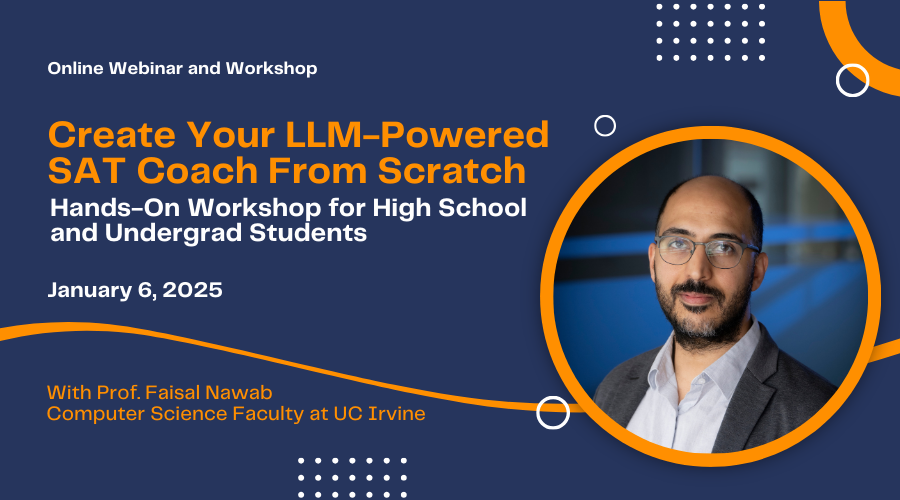Introduction
Large Language Models (LLMs) like ChatGPT, Bard, and Claude are revolutionizing various fields, including education. Whether you’re a high school student, an undergraduate, a graduate student, or an educator, these AI-driven tools can help enhance the learning process, improve exam preparation, and even automate studying workflows. In this blog post, we’ll explore innovative ways to leverage LLMs beyond simple chatbot interactions and discuss how they can be used to create intelligent, interactive learning solutions.
How LLMs are Transforming Education
1. Automating Exam Preparation
Students preparing for exams such as the SATs, GRE, and AP exams can benefit from LLMs in multiple ways:
- Question Generation: AI can create realistic practice questions, mimicking actual exam patterns.
- Personalized Feedback: LLMs can analyze a student’s answer and provide targeted explanations.
- Mock Exams: AI can generate full-length tests, complete with difficulty-based question distributions.
2. LLMs as Study Assistants and Tutors
Unlike traditional study methods, AI-powered tutors can engage students in interactive learning experiences:
- Conversational Learning: Students can ask LLMs to explain complex topics in simple terms.
- Adaptive Teaching: AI can tailor explanations based on a student’s knowledge level.
- Guided Problem-Solving: Instead of simply providing answers, AI can walk students through step-by-step solutions.
3. Automating Study Material Creation
LLMs can help students and educators automate content creation, including:
- Generating Study Notes & Summaries: AI can condense long articles or textbooks into concise notes.
- Creating Flashcards: AI can transform information into easy-to-memorize flashcards.
- Developing Structured Study Plans: AI can help outline daily or weekly study schedules based on exam dates.
Going Beyond Simple Chatbots: Using APIs for Custom Solutions
While LLMs are commonly accessed through chatbot interfaces, their full potential lies in API integrations that allow developers to build more structured and interactive applications.
Example: Building an SAT Exam Preparation Tool
Let’s explore how we can build a simple Python-based LLM-powered exam preparation tool:
- Set Up OpenAI API: Register for an OpenAI account and obtain an API key.
- Define Study Objectives: Identify whether the focus is on question generation, feedback, or study guidance.
- Automate Question Generation:
(see video) - Interactive Answer Checking:
(see video) - Automate Study Progress Tracking: Store questions and user responses in a database to track progress over time.
Challenges and Considerations
While LLMs present exciting opportunities, there are a few challenges to keep in mind:
- Accuracy Issues: AI-generated responses may not always be 100% accurate.
- Engagement and Interactivity: AI tutors should be designed to be engaging rather than purely instructional.
- Bias in AI Responses: AI models may reflect biases present in their training data.
- Cost and Accessibility: Many advanced LLM APIs require paid subscriptions.
Future Opportunities: AI-Driven Learning Platforms
Developers and educators can harness LLMs for creating more advanced AI-powered learning solutions, such as:
- AI-powered personal tutors: LLMs that adapt dynamically to a student’s strengths and weaknesses.
- Voice-based study assistants: AI-driven tutors that communicate via voice instead of text.
- Gamified learning platforms: AI-integrated learning apps that use rewards, challenges, and leaderboards.
- Collaborative AI learning: AI-powered study groups where multiple students interact with AI tutors.
Conclusion
The integration of LLMs in education is still in its early stages, but the potential is enormous. From automating study guides to creating interactive AI-powered tutors, the applications are vast. By leveraging API integrations and structured automation, we can unlock the full potential of AI for smarter, more effective learning experiences.
Are you interested in building AI-driven study tools or learning platforms? Watch the youtube video for more details.

